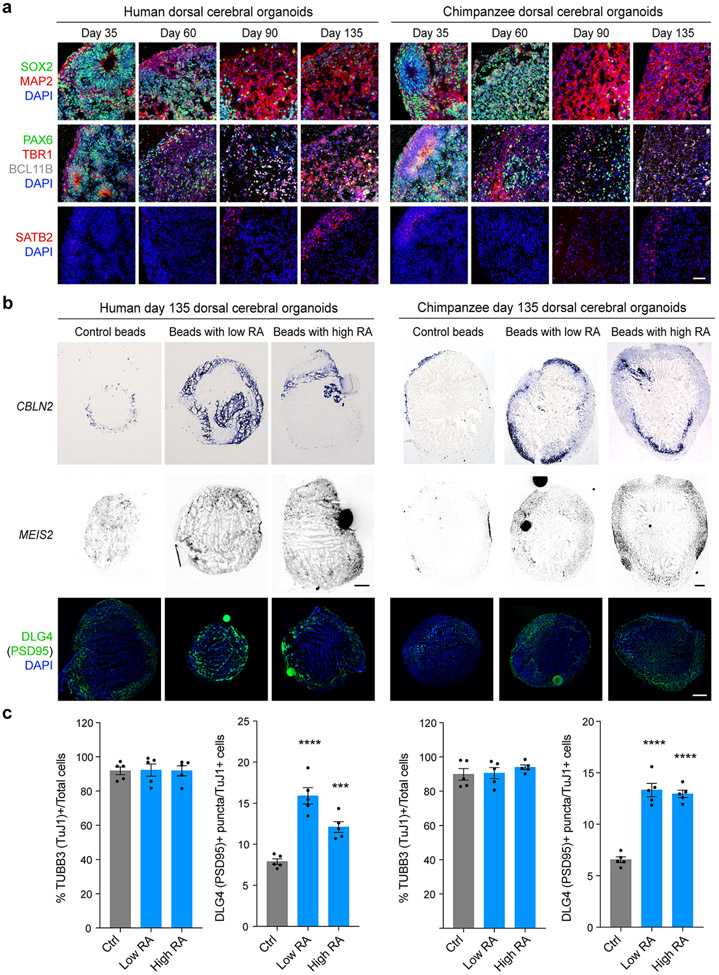Extended Data Fig. 11 ∣. RA regulates CBLN2, MEIS2, and DLG4/PSD95 expression in human and chimpanzee cerebral organoids.
a, Expression of cortical neural stem/progenitor markers (PAX6 and SOX2), cortical cell type-specific markers (BCL11B, SATB2 and TBR1) and a pan-neuronal marker (MAP2) across the differentiation times show the dorsal cortical identity of the organoids derived from human and chimpanzee induced pluripotent stem cells. Scale bars, 50 μm. Each experiment used with 3-5 replicate organoids per times and conditions. b, In situ hybridization for CBLN2 and MEIS2, immunostaining for PSD95/DLG4, and DAPI nucleic acid (nuclear) staining in human and chimpanzee day 135 organoids exposed to low or high concentration RA-soaked bead for 48 hours. Scale bars, 500 μm. One experiment has done with 3-5 replicate organoids per times and conditions. c, Proportion of TuJ1 immuno-positive neurons in day 135 cerebral organoids was similar across conditions. The ratio of total number of PSD95+ synaptic puncta to total number of TuJ1+ cells in the day 135 cerebral organoids was significantly increased in RA-soaked bead applied conditions. Two-tailed t-test, compared to the condition without bead (Control, Ctrl), Errors bars: S.E.M. ***P = 5e-4, ****P< 1e-4. N=5 (multiple sections for each organoid) per condition.

